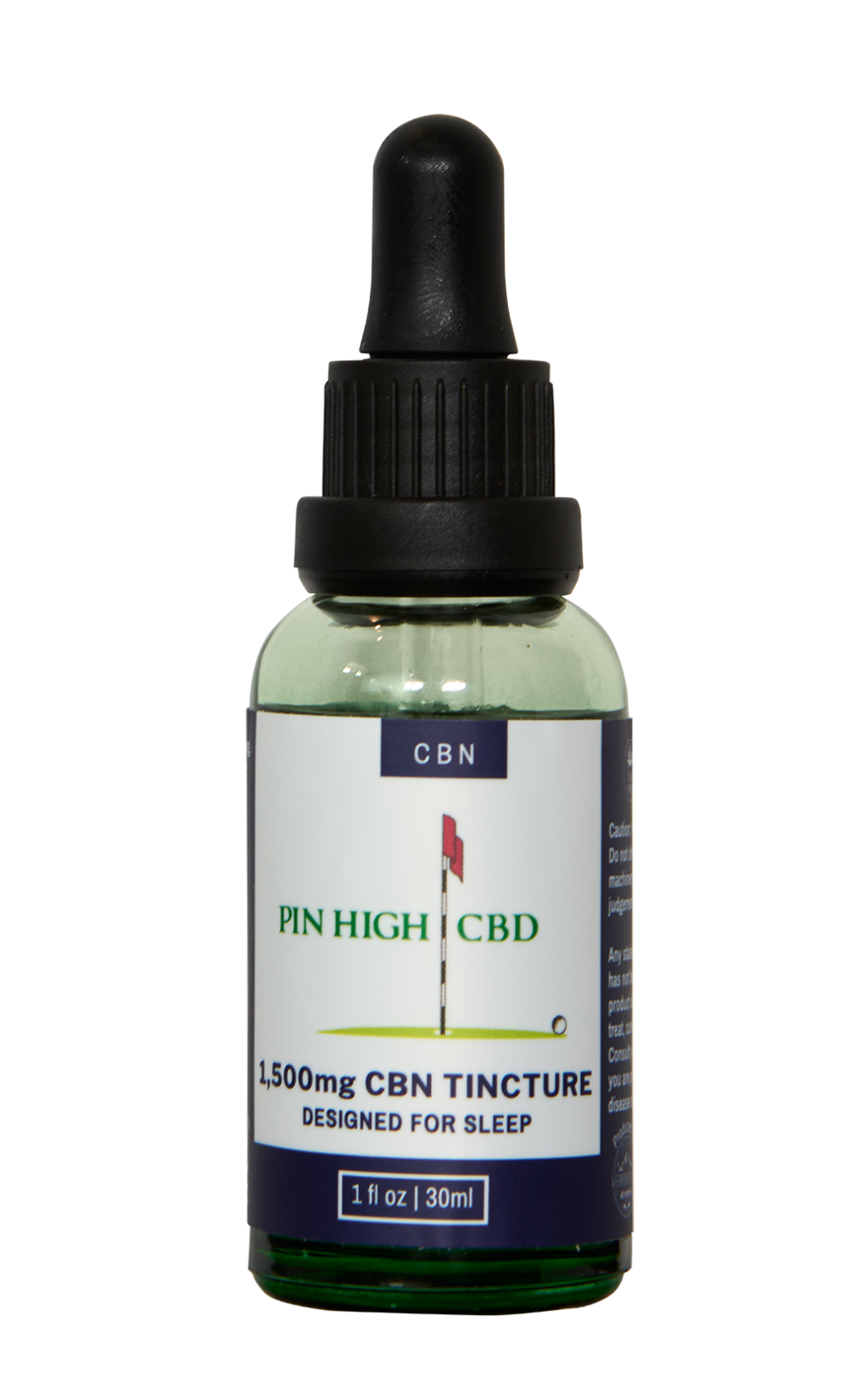Notifications

5 minutes, 58 seconds
-42 Views 0 Comments 0 Likes 0 Reviews

Why Do Tennis Players Need Smarter Recovery Options?
Tennis demands sharp reflexes, explosive power, and constant movement. These actions often lead to issues like joint stress, overuse injuries, or lingering soreness. Traditional recovery routines work to a degree, but they can sometimes fall short in fast-paced training cycles. This raises a timely question: Could CBD for tennis injuries offer a new layer of support in your recovery protocol?
Let’s explore what research is revealing about CBD isolate—sourced from the hemp plant using the CO2 extraction method—and how it’s being investigated in the context of sports-related recovery.
Scientific interest in CBD isolate is growing—especially in sports recovery research. While not FDA-approved for medical treatment, several studies are examining how it may play a role in supporting the body during physical rehabilitation.
A 2021 review in Frontiers in Physiology highlighted ongoing exploration into how cannabinoids interact with key systems in the body, especially related to inflammatory markers.
A 2020 clinical trial published in Sports Medicine – Open observed how athletes responded to topical CBD use following soft tissue strain, with researchers noting changes in comfort levels and mobility assessments.
These studies do not suggest cures—but rather help shape a growing conversation around how isolated cannabinoids might support performance-based recovery efforts.
Let’s simplify the science. CBD for tennis injuries is being explored for how it interacts with the endocannabinoid system (ECS)—a regulatory network that plays a part in balance and homeostasis.
CBD interacts indirectly with CB2 receptors, which are found in tissues like muscles and the immune system.
It may influence neurotransmitters such as anandamide, sometimes called the “bliss molecule,” which is involved in mood and comfort regulation.
Because it is THC-free, CBD isolate does not impact cognitive focus—making it a practical option during active recovery programs.
Current scientific models are investigating how these interactions may influence your rehab timeline, without direct claims of outcome.
Physical therapy remains a key part of structured recovery. Early-stage research is beginning to look at how CBD isolate might complement existing rehabilitation strategies—without replacing them.
Some professionals are experimenting with topical CBD isolate formulations in soft tissue work.
Users have reported using CBD products around their recovery windows, such as after stretching, mobility drills, or athletic therapy sessions.
Controlled use may allow a more comfortable experience during recovery, though results vary and more data is needed.
As always, consult your care provider before integrating new options into your rehab plan—especially if you’re a professional athlete or under supervision.
When choosing a cannabinoid-based product, purity, transparency, and process matter.
CBD isolate contains only the targeted compound—no THC, no terpenes, no flavonoids.
The CO2 extraction method helps preserve molecular integrity without chemical solvents.
Independent lab testing and Certificates of Analysis (COAs) should always be checked before using any cannabinoid product.
This clean approach supports clear labeling, traceability, and transparency—factors that matter in any informed decision.
If you’re exploring options to support recovery:
Seek THC-free CBD isolate made from hemp
Check for lab certification and verified potency
Understand the method of application—topical, oral, or otherwise
Discuss it with your healthcare provider or sports professional
CBD isn’t one-size-fits-all. It’s a personal choice, informed by context, goals, and data—not a promise of results.
If you’re navigating tennis-related injury recovery, you’ve likely tried various support tools. While still under active research, CBD for tennis injuries is drawing attention for its interaction with key bodily systems. When formulated as a pure CBD for sports recovery solution—without THC—some users and researchers are exploring it as a possible complement to traditional routines.
This isn’t a shortcut. It’s a new space being studied with increasing depth—and one that’s grounded in scientific observation rather than hype.

